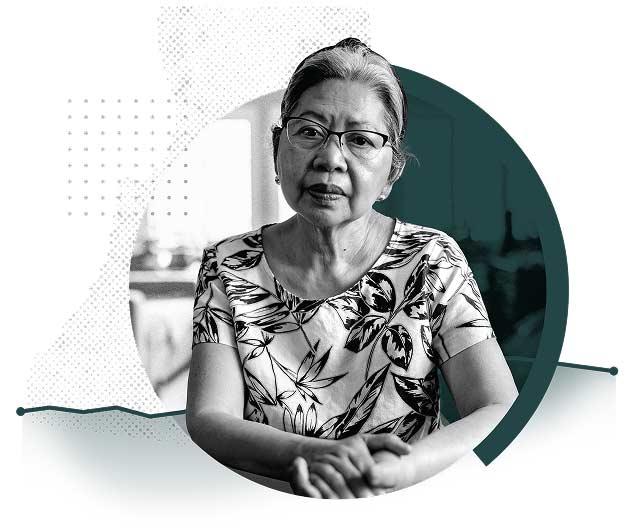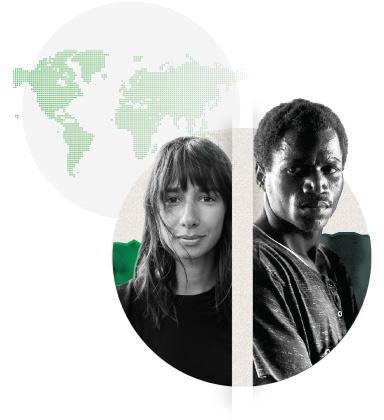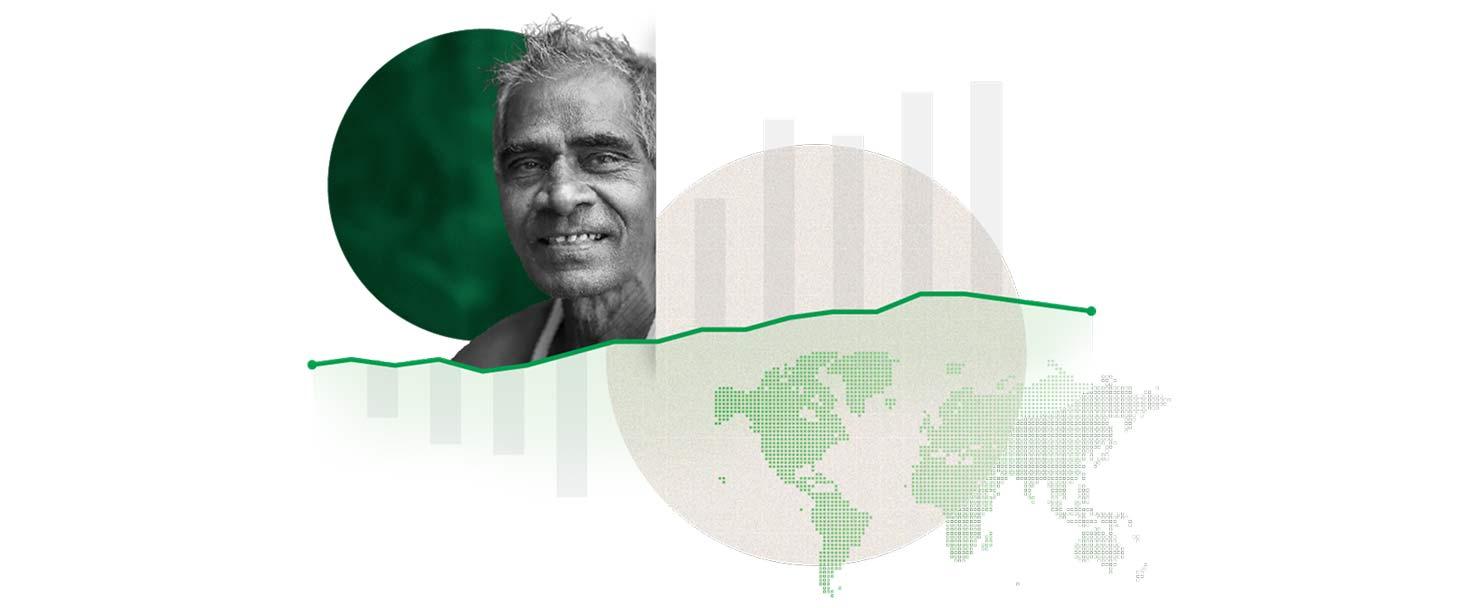Gallup’s World Poll continually surveys residents in more than 140 countries and areas, representing more than 98% of the world’s adult population, using randomly selected, nationally representative samples. Gallup typically surveys 1,000 individuals in each country or area, using a standard set of core questions that has been translated into the major languages of the respective country. In some regions, supplemental questions are asked in addition to core questions.
With some exceptions, all samples are probability based and nationally representative of the resident adult population. The coverage area is the entire country including rural areas, and the sampling frame represents the entire civilian, non-institutionalized, aged 15 and older population. Exceptions include areas where the safety of interviewing staff is threatened, scarcely populated areas in some countries, and areas that interviewers can reach only by foot, animal or small boat.
Gallup World Poll is a household survey; individuals in group quarters, homeless persons and nomadic residents are not included.
Gallup uses telephone surveys in Northern America, Western Europe, developed Asia and Gulf Cooperation Council (GCC) countries. In Central and Eastern Europe, much of Latin America, former Soviet states, nearly all of Asia, the Middle East and Africa, an area frame design is used for face-to-face interviewing. The results in this report are based on telephone and in-person interviews with nationally representative, probability-based samples among the adult population aged 15 and older, in 144 countries and areas in 2024.
For results based on the total sample of national adults in 2024, the margin of sampling error ranges between ±2.1 and ±5.4 percentage points at the 95% confidence level. The margin of error reflects the influence of data weighting. In addition to sampling error, question wording and practical difficulties in conducting surveys can introduce error or bias into the findings of public opinion polls.
Related Content
Global Indicator: Emotional Wellbeing






